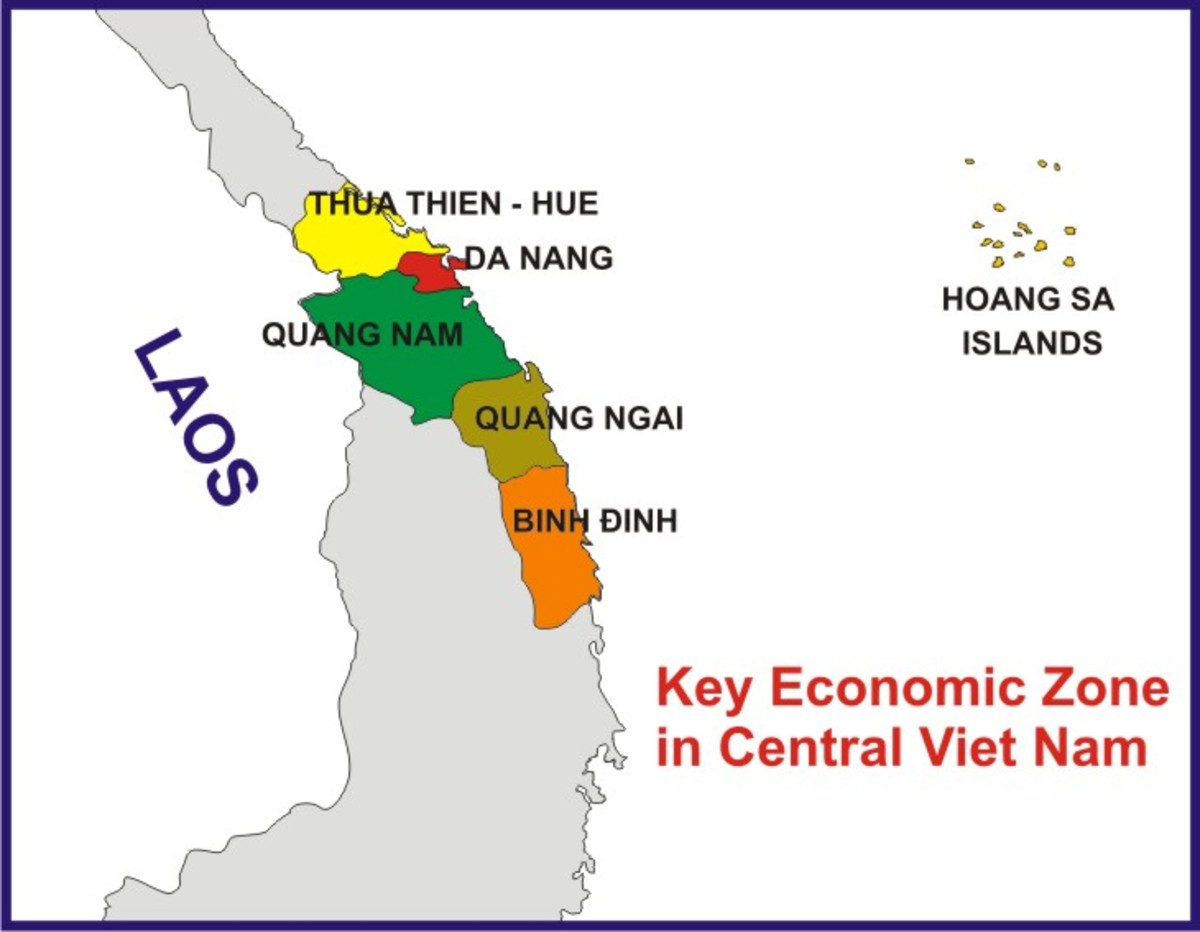Afghanistan's Salang Tunnel: American Money Not Well Spent
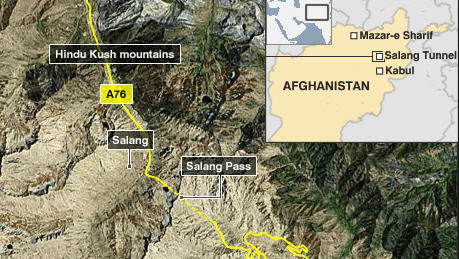
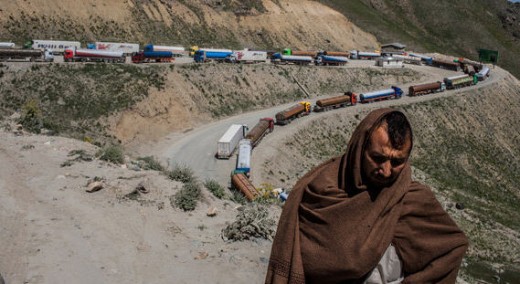
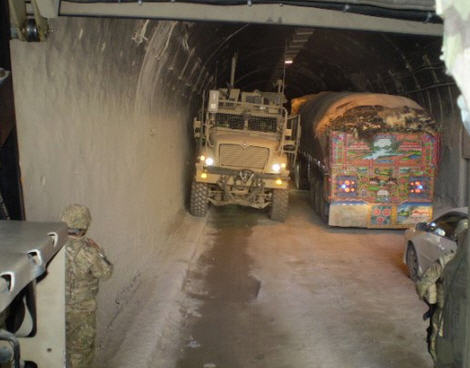
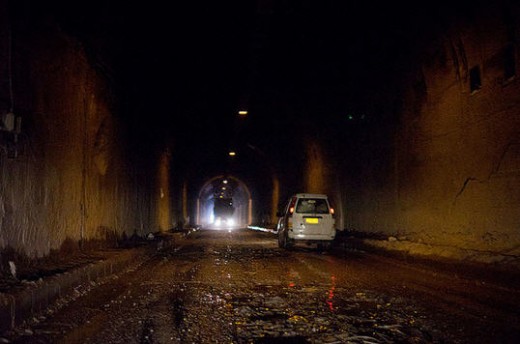
Way back in 1964, the Soviets built and opened the Salang Tunnel in Afghanistan, some two miles up the Hindu Kush mountains, where winter weather is harsh. To the Soviets, then trying to win the hearts and minds of Afghans, long before any Taliban or other terrorists, it was a "show piece" of the Cold War. Not to be out done, America competed for the same hearts and minds by building huge irrigation projects in Helmand Valley to grow crops (much of this ended helping growing poppies for heroin, ironically). The Soviets countered by building airports and housing projects. Both built roads. So much of the country's infrastructure was built during the Cold War of the 1950-60's.
When it was built, not more than 1,000 vehicles used it daily, today it is 6,000. It takes 10 minutes to make the 1.6 mile trip to the other side. While this sounds doable, the ventilation system that supplies oxygen to those stuck in the tunnel because of crawling traffic, is in disrepair and often fails. It is not uncommon for drivers to suffer from carbon monoxide poisoning (176 Soviet soldiers died in the 80's when there convoy was blocked inside).
The Soviets were happy to leave this forsaken land in 1988-9, the wasted money over the years was just that. Since 2001, the USA has spent over $100 billion in various projects to make democracy work. Many of these are failures and now used by insurgents. The Salang Tunnel has been worked on many times since 2001. The road is so vital to Kabul and 11 other provinces that the government refuses to close it even for a short period of time. Most of the country's gas and heating oil arrives in large tankers making the dangerous route, so closing the tunnel or even the two lane road is not an option.
Since America will continue to have 10,000 troops there until 2024, many US funding projects will also continue to build that country's infrastructure. Despite the competition on projects between the Soviets and Americans over the years, the Afghan prefer the Soviet engineer methodology and maintenance. They say Americans have a ton money in aid but fail in how to use it. In 2013, the USA poured $19 million on the tunnel and roads to the tunnel. The road was repaved, new lighting, ventilation improved. The repair was only a short term repair, not to last longer than 2015. The pavement was designed to last only two years. The Afghan's ask "why?". The Soviets would make sure it lasted at least six years.
The US repair involved removing 18,000 tons of material, then, laid down 20,000 tons for a new road base and poured 10,000 tons of four inch asphalt. The tunnel;s central drain was replaced, all 1.6 miles of it, with a 14-inch pipe. All this repair occurred without closing the area to traffic. The project was only completed in December 2013 and already, yes, already, the road is falling apart because of traffic and the use of winter chains on tires. How can this be?
Are roads made differently on the US interstate system? They seem to hold up much better and longer even were chains are used. Is the material use there inferior?
The problem lies with the Afghan government refusing to close the tunnel to traffic until a complete overhaul is done. The engineer who manages the tunnel agrees. Everything the Americans are doing are band-aid fixes every few years for millions of dollars. Not money well spent. At the rate of road deterioration, by the end of 2015, the fix will have to be done again. Long ago, the Soviets used reinforced concrete, and that is what the Afghan engineers want again, but as American engineers have told them, the tunnel would have to be closed for months to do this.
Their government is now getting bids from China, Iran , and Russia, to completely redo some 104 km of road on both sides of the tunnel (but not the tunnel itself) and have allocated $15 million towards it. However, the entire project is between $70-80 million. The US has created several plans to bypass the tunnel for an alternate route, but this may be out of reach for the Afghan government.
Currently, to make the 72 mile trip from Kabul on the two lane "highway" takes three hours. Once in the tunnel, the 1.6 mile trip is bumper to bumper crawl over a pulverized crumbling dusty road surface. Afghan has no emission standards, so it would be like LA in the 1960's with smog - choking.
Even with a force of 460 men stationed at the tunnel for maintenance and to clear avalanches, the crawl to the tunnel begins at 2 p.m. due to rush hour. There is no roadside assistance here. No AAA to call. Its every driver for himself.

